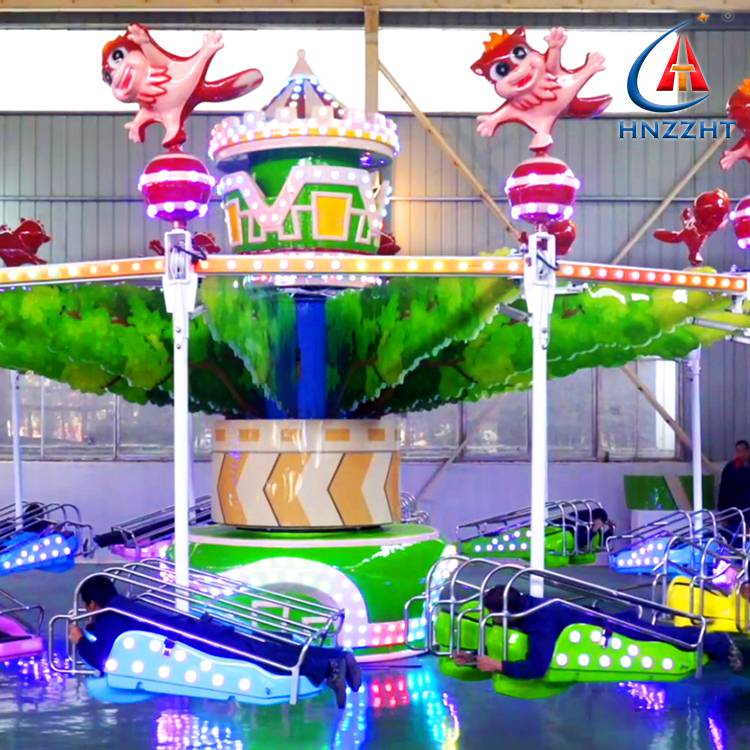An Overview of Main Types of Amusement Rides for Sale
The global amusement rides market offers a diverse range of products tailored to different age groups, venues, and entertainment experiences. From
thrilling rollercoasters to
family-friendly carousels, understanding the main types of
amusement rides for sale can help buyers make informed decisions based on their specific needs. Here’s a comprehensive breakdown of the most common categories:
Thrill rides cater to adrenaline seekers and are characterized by high speeds, sudden drops, or intense rotations.
- Rollercoasters: Available in various designs, including steel coasters with inversions and wooden coasters with classic drops. The first commercial rollercoaster, introduced in New York in 1884, reached a top speed of 9.66 km/h . Modern models feature speeds exceeding 100 km/h and complex track layouts.
- Free Fall Towers: These vertical rides lift passengers to heights before dropping them in controlled free falls, offering a mix of suspense and excitement.
- Spinning Rides: Examples include enterprise wheels and tornado rides, which combine rotation with tilting movements for disorienting thrills.
Designed for groups of all ages, family rides balance fun and accessibility with moderate speeds and gentle movements.
- Carousels: Available in upper-drive and lower-drive configurations. Upper-drive carousels have motors and gears in the top structure, offering intricate designs and higher durability, while lower-drive models feature simpler undercarriage mechanisms for easier maintenance .
- Ferris Wheels: Iconic large-scale rides with enclosed gondolas, providing panoramic views. Smaller versions like mini Ferris wheels are suitable for parks with limited space.
- Bumper Cars: Electric or battery-powered vehicles that allow riders to bump into each other in a controlled arena, popular in both indoor and outdoor venues.
3. Kiddie Rides
- (Mini Carousels): Small-scale carousels with animal-shaped seats, often featuring bright colors and simple rotations.
- Track Rides: Slow-moving trains or cars on fixed tracks, themed around characters or adventure scenarios.
- Play Structures: Such as(soft play areas), which combine climbing, sliding, and interactive elements for younger children .
4. Water-Based Rides
Ideal for water parks or summer venues, these rides incorporate splashes and aquatic themes.
- Log Flumes: Boats that glide through water channels and drop into pools, creating refreshing splashes.
- Water Coasters: Hybrid rides combining rollercoaster tracks with water jets to propel boats uphill.
- Lazy Rivers: Slow-moving circular water channels where riders float on inflatable tubes, suitable for relaxation.
5. Interactive & Dark Rides
These rides engage passengers through storytelling, special effects, and hands-on participation.
- Dark Rides: Indoor attractions with animatronics, lighting, and sound effects, guiding riders through themed narratives (e.g., haunted houses or fantasy kingdoms).
- Shooting Rides: Riders use laser guns to target interactive elements during the ride, with scores displayed post-ride.
- 4D Themed Rides: Incorporate motion simulators, wind, and mist effects to enhance immersion in 3D visuals.
Key Considerations for Buyers
When purchasing amusement rides, factors like venue size, target audience, and maintenance requirements are critical. For instance, lower-drive carousels may suit mobile events due to their easy setup . Additionally, safety certifications and compliance with local regulations (e.g., ASTM, CE) ensure rider protection and legal adherence.
By exploring these categories, buyers can select rides that align with their business goals, whether maximizing thrill-seeker turnout, family engagement, or year-round revenue in diverse markets.
